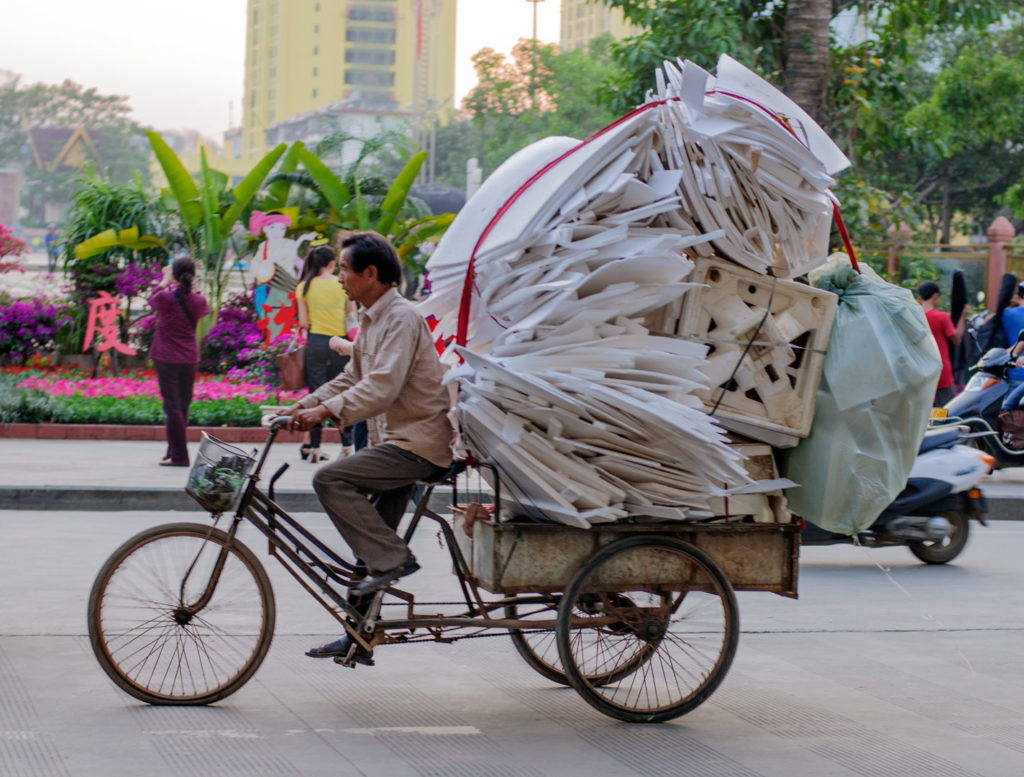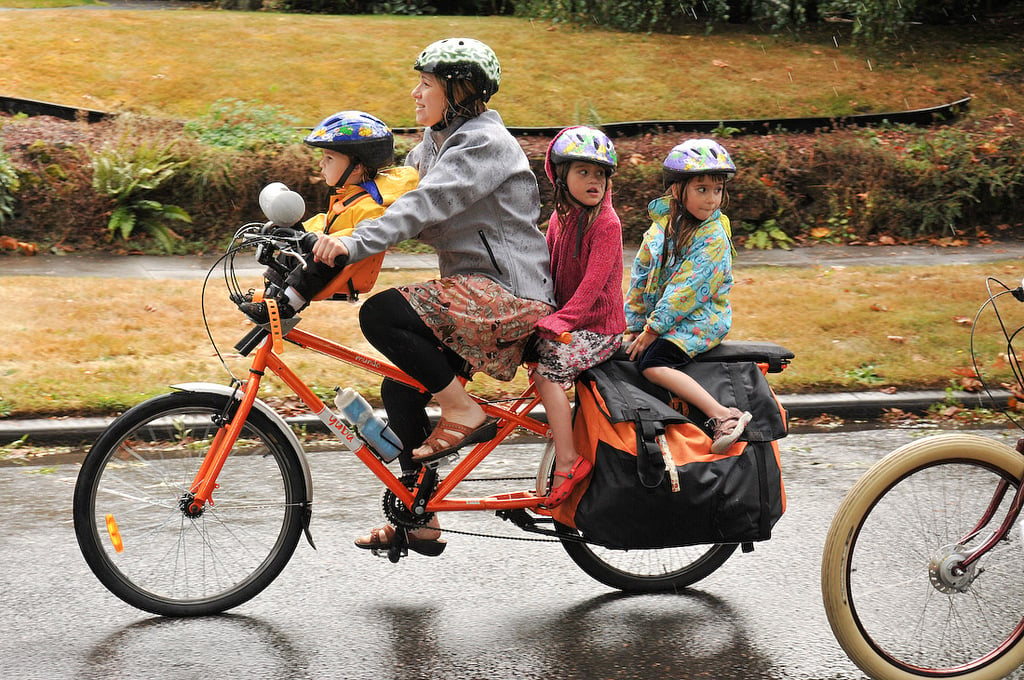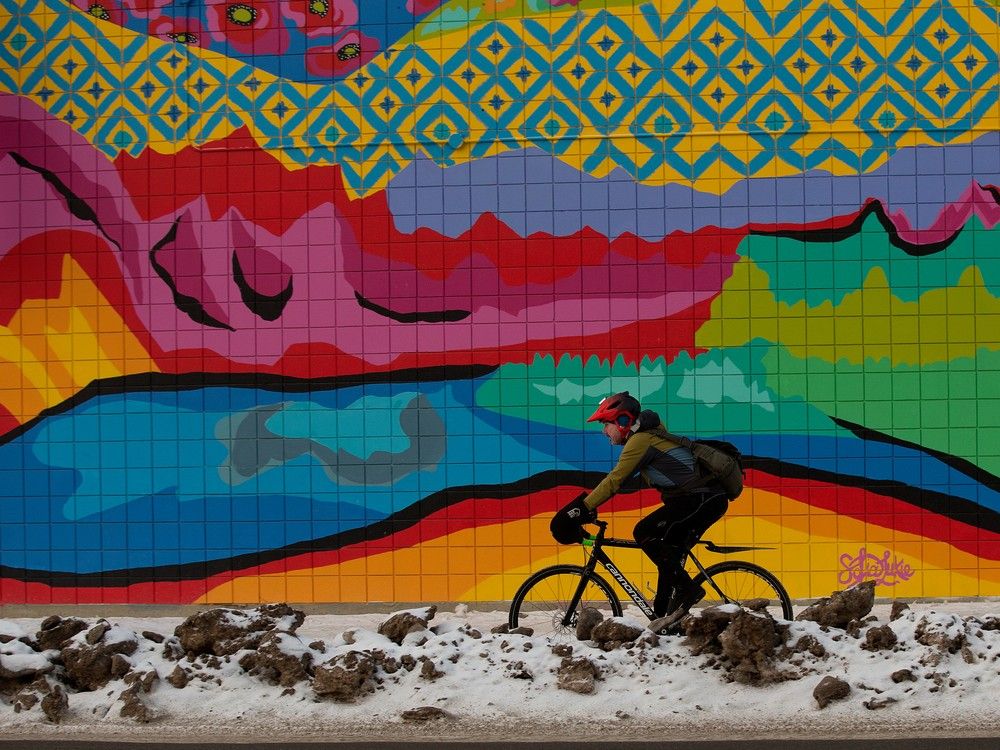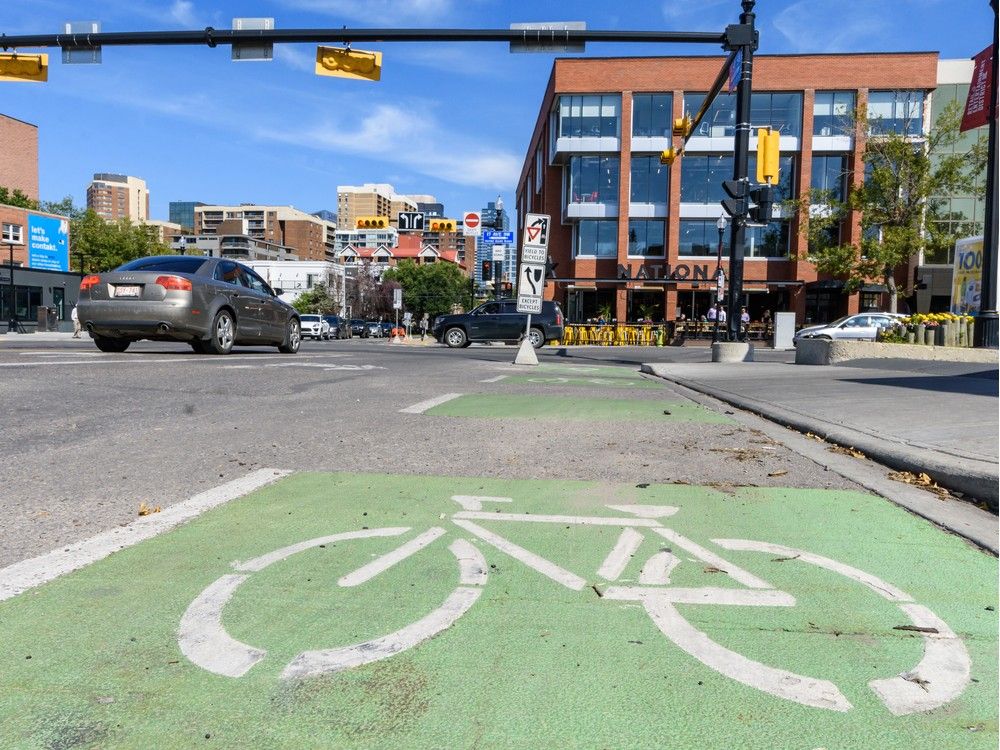dkazzed
Active Member
I assume car lanes does not mean roads ie. 1 km of road with two lanes in each direction is 4 km of car lanes.
I wonder if we need to rethink where cyclists are supposed to ride. Children should be on sidewalks but they can sometimes go fast enough to pose a hazard to pedestrians. Adults riding at jogging speeds don't pose a hazard to pedestrians and could be on the sidewalk. Everyone riding at a normal speed are too fast for sidewalks and too slow for arterials. With all the groups I've talked about so far, they can all ride on SUPs. Experienced road bikers can be too fast for busy SUPs and should sometimes be on the road and that's where the marked bike lanes come in handy. We're legislated by black & white laws when perhaps there should be a little bit of grey.
I wonder if we need to rethink where cyclists are supposed to ride. Children should be on sidewalks but they can sometimes go fast enough to pose a hazard to pedestrians. Adults riding at jogging speeds don't pose a hazard to pedestrians and could be on the sidewalk. Everyone riding at a normal speed are too fast for sidewalks and too slow for arterials. With all the groups I've talked about so far, they can all ride on SUPs. Experienced road bikers can be too fast for busy SUPs and should sometimes be on the road and that's where the marked bike lanes come in handy. We're legislated by black & white laws when perhaps there should be a little bit of grey.











